Author: Pete
Location: 08°13.420S 116°20.675W
Date: 11:00 April 10 to 11:00 April 11
Day 12 at sea.
Pretty excited to be beyond the half-way mileage mark. I’m hoping we’ve already passed the half-way time mark. Our first days motor sailing south to the trade winds from the Galapagos were pretty slow. We picked it up since we turned west. Our GRIB files do show lighter wind coming our way, which may slow us down in the coming days though. Already starting to feel the effects with 12 knots instead of 16, and calmer seas. Pros and cons for both. Easier sleeping, eating, reading, living, but slower, less free energy, possibly louder with sails not as full.
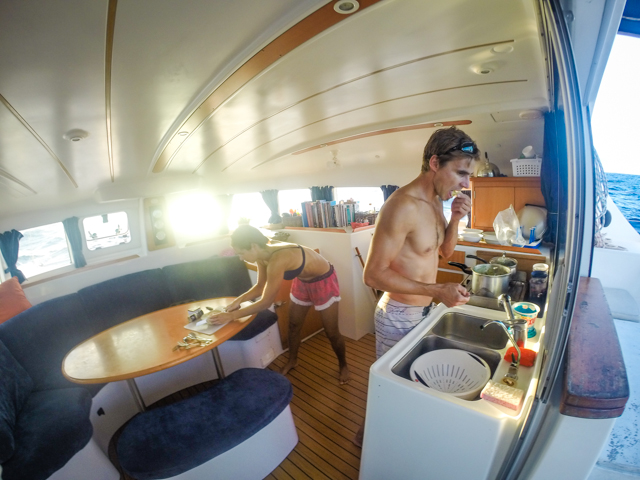
It’s interesting (depressing?) that we’ve been sailing west for 12 days and our longitude puts us pretty much south of San Diego! Only 1334 miles to go, but who’s counting?
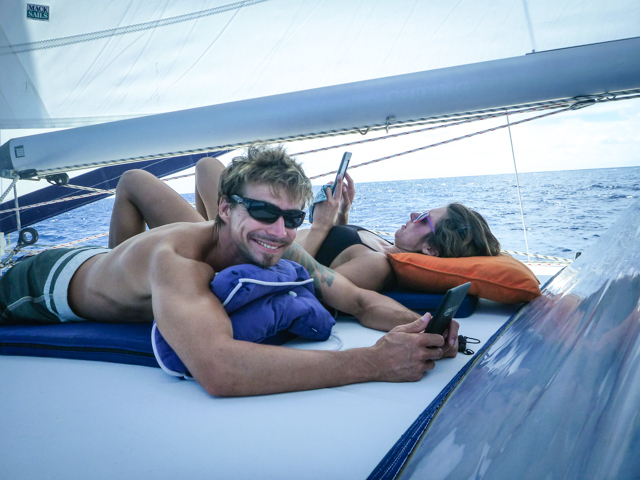
Rocky connection the last days. Our SSB radio connection to send these emails comes from a tenuous link with certain relay stations around the world. You can only reach them at certain times of the day, depending on atmospheric conditions. We generally use the Panama station, 2000 miles away, at 4.073 MHz, but also occasionally use Rock Hill, South Carolina, some 3000 miles away. We connect best at this time of night at 10.329 MHz. Sometimes we can link through San Diego, Honolulu, or Chile. Pretty neat, if old school technology. You listen to see if anyone is transmitting, an annoying clicking/chirping sound, then try to connect. The computer talks to the Pactor II modem which clicks quietly, talking in turn to the ICOM 802 radio. A little display shows when you’ve made a connection and data starts flowing in small, nay, miniscule, packets. We sailmail users call ourselves the ‘Bandwidth Impaired’.
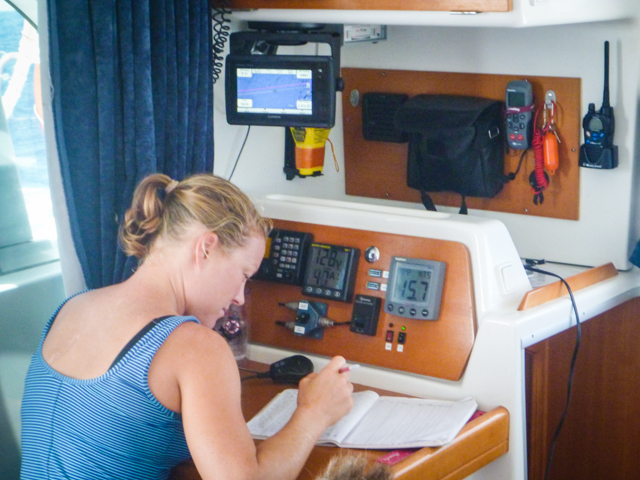
Depending on the traffic transmission and receiving takes 4-15 minutes. Sometimes it requires 5-10 tries to connect. Other times it’ll pick up on the first attempt. Depends on the time of day and how much traffic from other boats is squeezing through these connection points. The system works pretty well once the kinks are ironed out. Successful transmission also relies on fairly full batteries; under 12.4V in the batteries, say 1/3 of the tank, and the power-hungry antenna won’t broadcast with the necessary wattage to punch through a couple thousand miles of atmosphere. When you’re transmitting on certain frequencies, the signal is powerful enough to light some of the LEDs around the boat in choppy patterns. It’s a little ghostly.
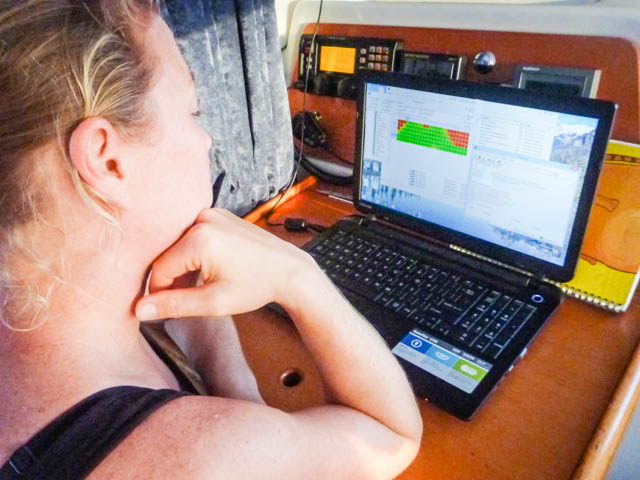
Our last fresh meat in spicy tacos tonight. No fish, but it sounds like our entire flotilla is striking out. Aside from my atrocious fishing skills, all good on Tayrona.
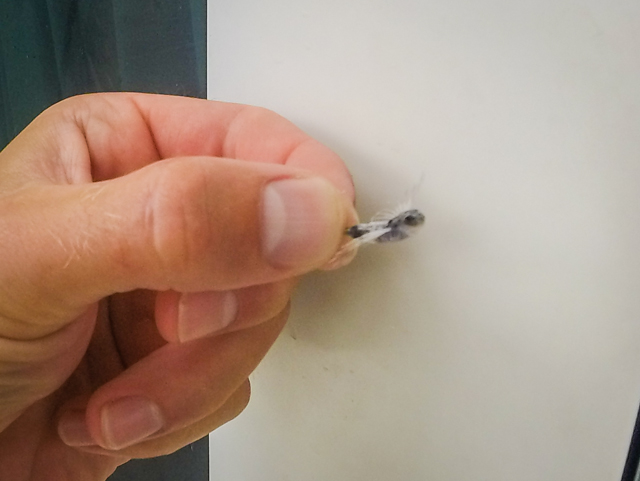
Seems as though we only catch ‘em if they jump into the boat…. Guess that means we’re following the Ernie and Bert school of fishing techniques.

